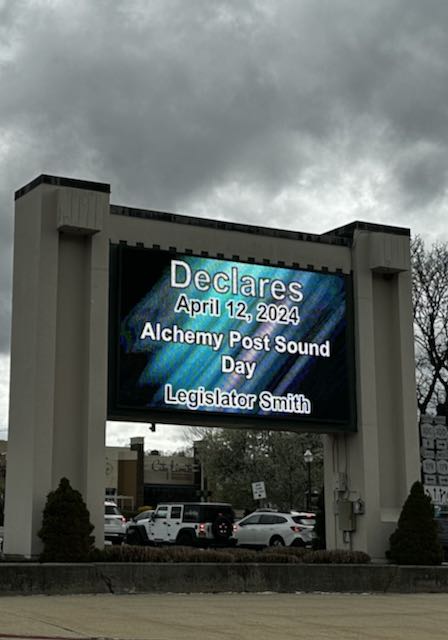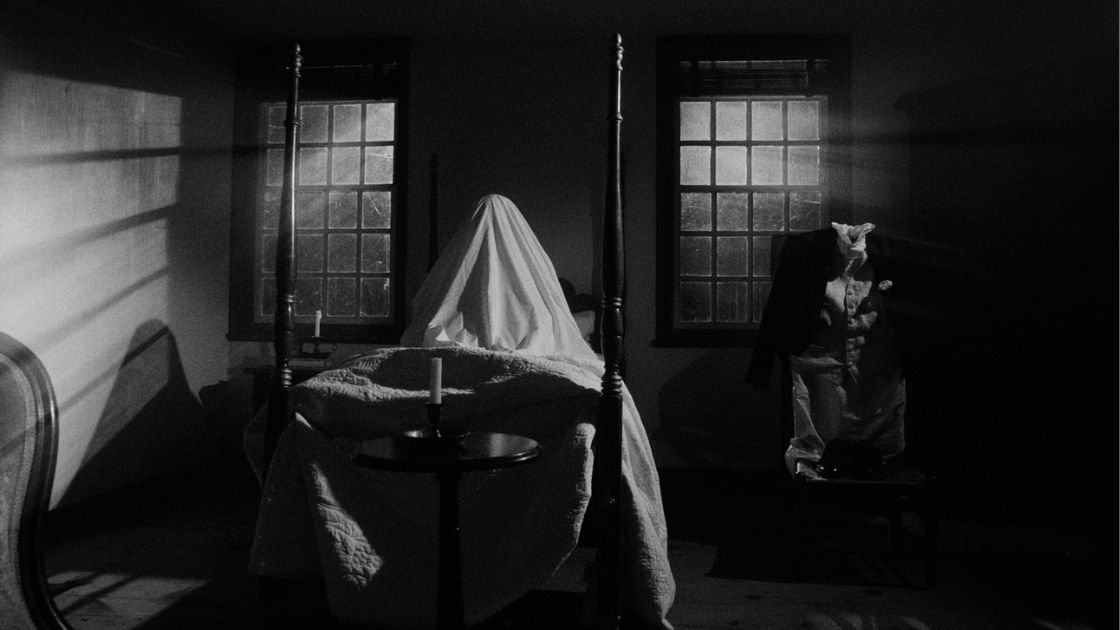There are five elements of sound which make up the total sound track of any feature length film or television show. dialogue, music, cut effects, back grounds and foley. In the world of film sound, dialogue is typically the most important sound element. With out a clean dialogue track, you, the listener, can not hear nor understand the story, ergo, you have no film. Music is also very important. A great musical sound track can make an OK film, great. Cut effects, like gun shots and explosions, are sounds typically pulled from commercial sound effects libraries then cut into the film by effect editors and sound designers. Back ground sound, like establishment shots in a film, help to bring the viewer into the moment. The sounds of birds and crickets chirping to establish a scene talking place in the country or the distant sound of an ambulance and horns honking to place the scene in the city. As with cut effects, back grounds can also be found on commercial sound effects library, but many times they are recorded on the set or out on location, like room tones and ambiances.
Then there is Foley.
Foley is all about the subtle details on screen. It’s the sound of the actors footsteps, movements or rustle. It’s anything that the actor might handle, touch or grab: like writing a letter or the clinking of a drink; smaller sounds like jewelry jingle or a fly being zipped; larger sounds like a body fall or a fist fight. It could also be visceral sounds like the sound you might expect to hear during an autopsy scene (my personal favorite) .
During filming, the location sound recordist tries to capture only the dialogue as best as possible. On the set, microphones are positioned to record an actors slightest whisper without background noises from camera and crew. In post, Foley adds back the detailed layer of sound to produce a rich and realistic track. Many times an actor will need to replace a line in a scene due to outside noises or a poor performance, or when a film is sold for foreign release and a M & E (music and effects only) mix is needed. In these situations, the Foley sound effects really come into play.
A lot of times Foley is used to detail cut effects customizing them to the scene. An explosion, for instance, would be covered by the effects editor but the sounds of small flying bits of glass and debris landing on screen or the actors body fall would be Foley.
Using a wide variety of props, a Foley artist will perform these sound effects. Besides many different types of floor surfaces, the Foley stage and artist are equipped with a boat load of stuff for making sounds. Shoes, car doors, chain link fences, old bicycle tubes, shell casings or just about anything else you could think of that can make a sound.
In one way, you could say that a Foley Artist is the ultimate re-cycler. Collecting little odd bits of this or that, saving it from a land fill somewhere, till that time when its needed and will get used to make that “perfect” sound to enhance a film. In other words you could say that Foley artists are just a bunch of pack rats, filling up our storage areas, just waiting to find the excuse to beat the crap out of an old motorcycle gas tank that’s been hanging around for the past six years. Cool!
I feel that it is because all the details in the sounds we create using all the piles of stuff that we have collected and scavenged over the years, that it is safe to say the art of Foley has got to be the most anal retentive job that can be done in total chaos.
Foley is a performance art. Effects editors have gotten quite good at collecting effects from past Foley sessions and cutting them into other shows, but there is no comparison to a unique Foley performance designed for a unique moment in time. Example: An actor on screen who leaves a store with the winning lottery ticket and takes ten steps to his car, will act completely different than the one who just shot the store owner during a robbery. An effects editor might be able to find thousands of boot steps on pavement but will never be able to truly match this unique performance.
With the proper feel, energy, urgency, microphone placement and perspective a good Foley performance will be completely transparent within the picture and will enhance the overall sound track of any film.





